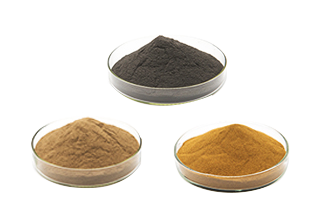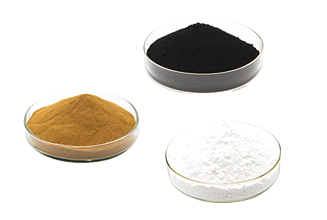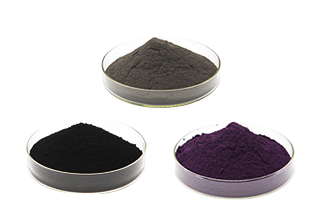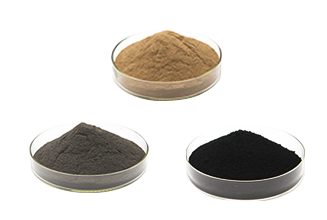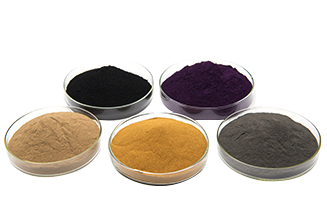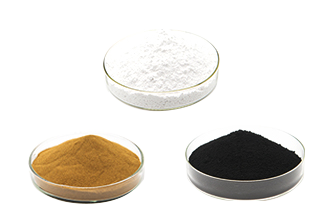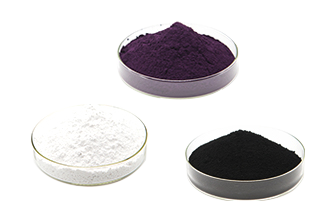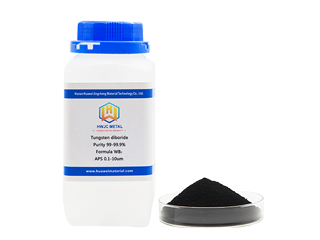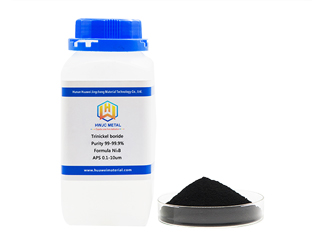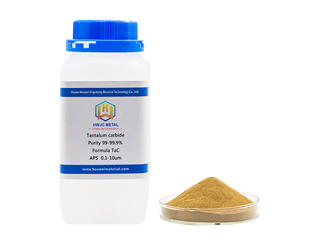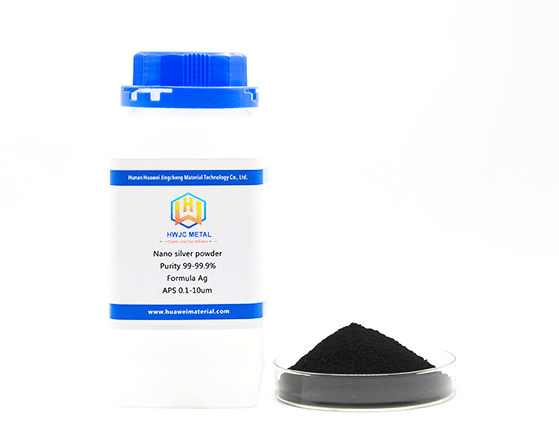CVI densified composite material (C/SiC) parts: silicon zirconium alloy (ZrSi2)
Ceramic matrix composite material is a new type of thermal structure/function integrated material that has the advantages of metal materials, ceramic materials and carbon materials. It has high temperature resistance, low density, high specific strength, high specific modulus, oxidation resistance, and ablation resistance. It is not sensitive to cracks and does not cause catastrophic damage. It has a wide range of applications in machinery, aerospace, nuclear, energy and other fields. The in-situ synthesis of refractory metal carbides (ZrC, HfC, TaC) in C/SiC composite materials can significantly improve its anti-ablation performance. The main mechanism can be summarized as inhibiting oxidation, enhancing matrix anti-erosion performance and making up for the ablation defect.
Application areas: ceramic matrix composite (C/SiC) structural parts, seals, brake discs, radomes, etc.
Technical features: high purity (ZrSi2+Si>99%), low oxygen content (XRD detected no ZrO2 phase);
The particle size distribution is concentrated, and the particle size is 80% concentrated in the range of *.0-1*.0um.
Examples: **University Superalloy Laboratory, **Ceramic Composite Materials Co., Ltd., **University Aerospace College
Application areas: ceramic matrix composite (C/SiC) structural parts, seals, brake discs, radomes, etc.
Technical features: high purity (ZrSi2+Si>99%), low oxygen content (XRD detected no ZrO2 phase);
The particle size distribution is concentrated, and the particle size is 80% concentrated in the range of *.0-1*.0um.
Examples: **University Superalloy Laboratory, **Ceramic Composite Materials Co., Ltd., **University Aerospace College
Related Products

